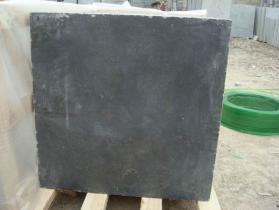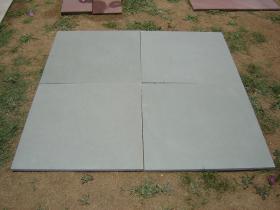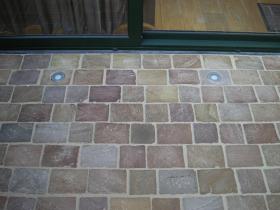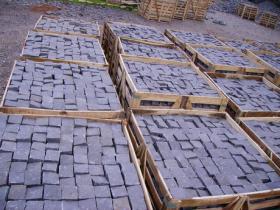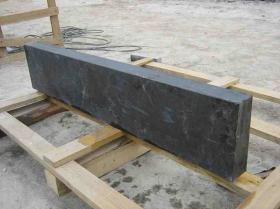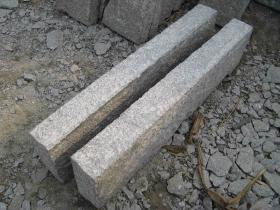Granite
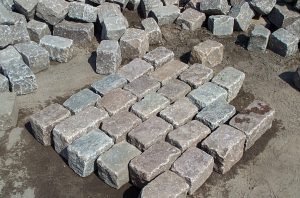 Granite is one of the hardest natural stone types and is therefore wear and scratch resistant. This rock can be extracted from the deepest layers of the earth, where it was formed under high pressure. It is an igneous rock that gets very beautiful crystals after cooling down, which is typical for this type of stone.
Granite is one of the hardest natural stone types and is therefore wear and scratch resistant. This rock can be extracted from the deepest layers of the earth, where it was formed under high pressure. It is an igneous rock that gets very beautiful crystals after cooling down, which is typical for this type of stone.
As a floor, granite has a fairly sleek character with narrow joints. In addition, it is also widely used in window sills and counter tops. The colour usually varies from light grey to black, although other shades are also available.
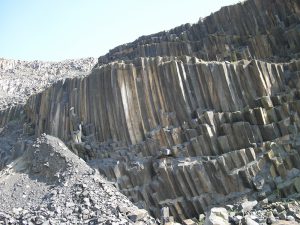 Basalt
Basalt
Basalt can best be compared to granite in terms of character. It is very hard volcanic rock. Basalt is formed by lava that is cooling down at the surface of the earth. Due to this very rapid cooling, the minerals cannot crystallize fully so small crystals are formed. Basalt is usually grey or black in colour. Due to the sleek appearance of basalt, it fits perfectly in or with a modern interior.
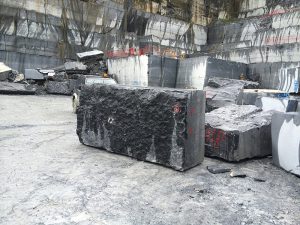 Limestone
Limestone
Limestone or bluestone (arduin) is a compact dark limestone and consists of various petrified fossils in a dark ground mass. It has many applications, both indoors and outdoors. This type of stone is very suitable for floors, sills, pond edges and even garden furniture. This stone is durable and has a timeless character. It is also easy to clean and easy to maintain. Limestone or bluestone mainly comes from Belgium, Ireland, Vietnam and China. The colour palette in which bluestone is available runs from blue to grey and from grey to black.
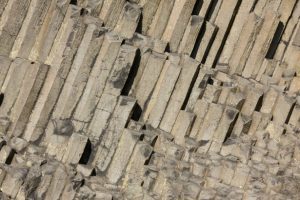 Sandstone
Sandstone
Sandstone consists of grains of sand and has a rough, layered surface. Sandstone tiles are extracted from quarries, after which the surface is finished in a traditional way. This type of stone has a rich colour palette, usually a beautiful soft colour. Sandstone garden tiles are very hard as well as moisture and water resistant. These tiles will give your garden a summery and natural look. Over time, a yellow-brown sandstone can turn grey due to weathering and weather conditions.
Examples of natural stone
- Kandla grey polished India
- Vietnamese basalt
- Blue hardstone retaining bandnd
- Chinese granite retaining band
